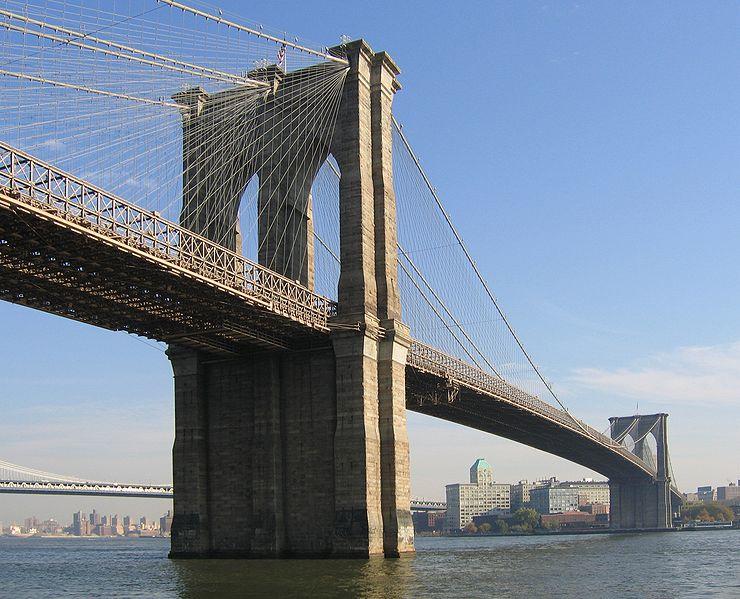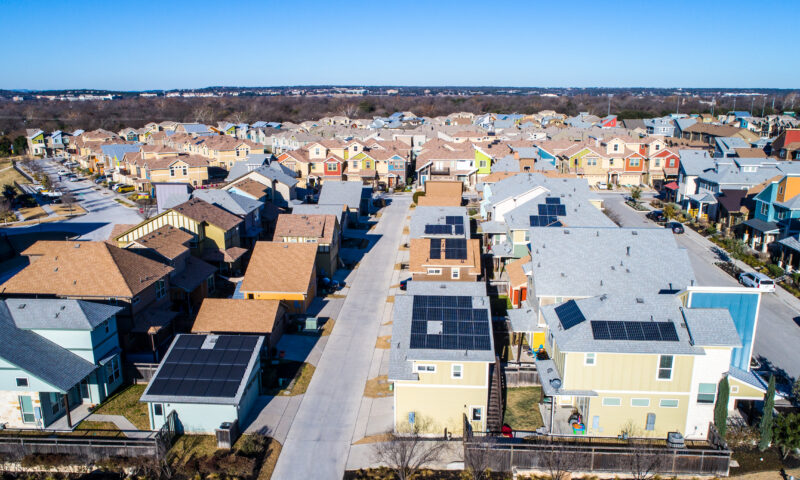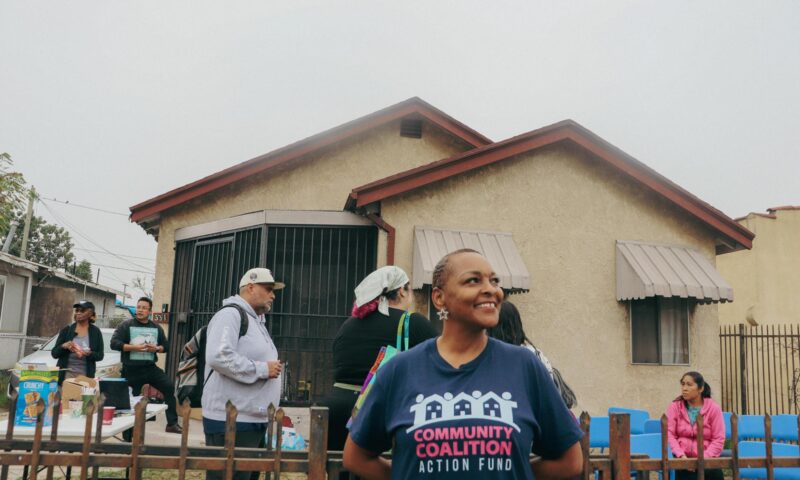Labor & Economy
Brooklyn Tells Walmart to “Talk to the Hand”

Many of you have been following LAANE and its partners’ effort to protect Chinatown from Walmart, which is pursuing a strategy to get into urban areas across the country including Boston, New York, Washington, DC and Chicago. Over the last six months, thousands of people in L.A. have marched against Walmart, community groups have appealed their building permits and a moratorium on large chain stores in Chinatown is pending. Across the nation, Walmart workers have organized creative actions against Bentonville shareholders and community groups have launched rallies and even flash mobs to hold the retailer accountable.
Yet many here in L.A. fear it is not enough to stop Walmart. After all, Walmart was able to get its building permits issued by a department known for moving slower than a glacier less than 24 hours before a looming moratorium. And why did they need those expedited permits—was it really that urgent to begin construction on a Walmart store in a space that had been vacant for 20 years?
Activists in L.A. can take heart from the recent turn of events in Brooklyn, New York, where a fight raged for two years against Walmart. Until last week, that is. Walmart was finally forced to take no for answer. Community groups including ALIGN NY, unions and elected officials stood firmly against Walmart moving into a large retail development (the Gateway II mall) owned by the Related Companies. Not only did Related drop the retailer, but it is bringing in Shop-Rite, a unionized East Coast-based grocery chain that supports workers’ rights. Walmart was also dealt a resounding rejection at the Willets Point development in Queens.
These kinds of wins in urban areas, the last frontier for Walmart’s U.S. expansion strategy, make it clear that communities can fight back and win. It shows that even in a new development like the Gateway II mall, where Walmart should have had the upper hand, it cannot always get its way. Similarly, in Chinatown, they thought they could just move into a development built in the early 1990s to avoid any new environmental or community reviews.
Walmart’s expansion tactics also include hiding behind donations to community groups and talking a good game about addressing food deserts and providing jobs. The reality, as we’ve seen in suburban areas where Walmart has saturated the market, is the demise of small businesses and Main Streets, the marginalization of communities and the creation of low-wage jobs, which often replace better jobs.
As the battle in Chinatown continues, we believe that the many hours of community door-knocking, organizing and outreach to city leaders will ultimately pay off. Thank you, New York, for your inspiration and for making Walmart “talk to the hand!”

-

 The SlickNovember 14, 2025
The SlickNovember 14, 2025Can an Imperiled Frog Stop Oil Drilling Near Denver Suburbs? Residents Hope So.
-

 Latest NewsNovember 11, 2025
Latest NewsNovember 11, 2025Photos, Video, Protests — Homeland Security Tightens Rule on Anti-ICE Activities
-

 The SlickNovember 12, 2025
The SlickNovember 12, 2025Known for Its Oil, Texas Became a Renewable Energy Leader. Now It’s Being Unplugged.
-

 Column - State of InequalityNovember 13, 2025
Column - State of InequalityNovember 13, 2025Barring a Sharp Shift, Health Insurance Costs Will Skyrocket
-

 Latest NewsNovember 19, 2025
Latest NewsNovember 19, 2025How Employers and Labor Groups Are Trying to Protect Workers From ICE
-

 Latest NewsNovember 18, 2025
Latest NewsNovember 18, 2025Future of Special Education at Risk, Teachers Say, as Trump Moves to Cut Staff and Programs
-

 Latest NewsNovember 17, 2025
Latest NewsNovember 17, 2025In South L.A., Black and Latino Neighbors Unite Against ICE as Systems Fail
-

 The SlickNovember 18, 2025
The SlickNovember 18, 2025After Years of Sparring, Gov. Shapiro Abandons Pennsylvania’s Landmark Climate Initiative

